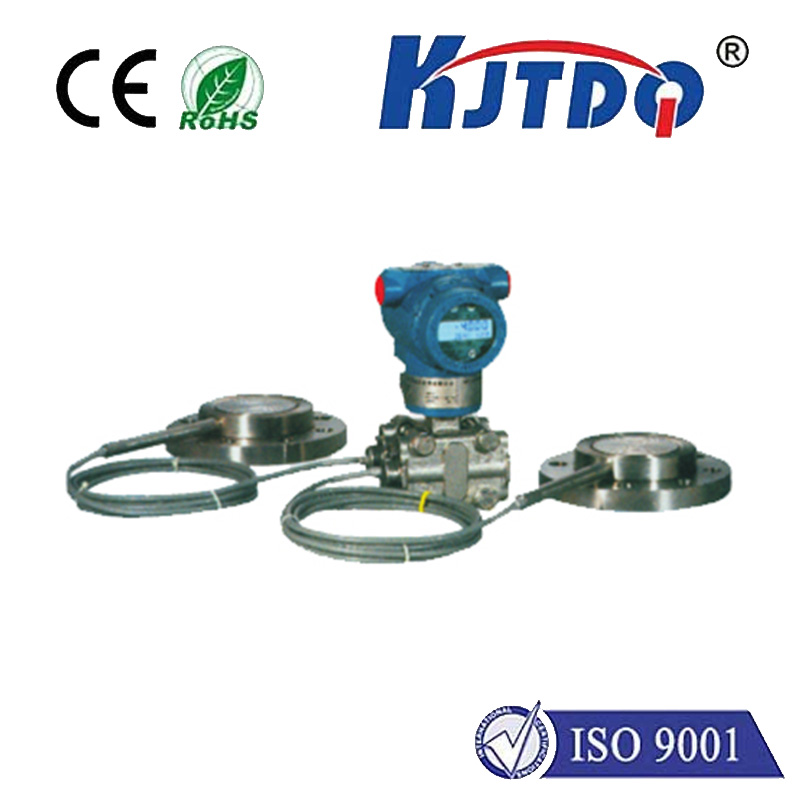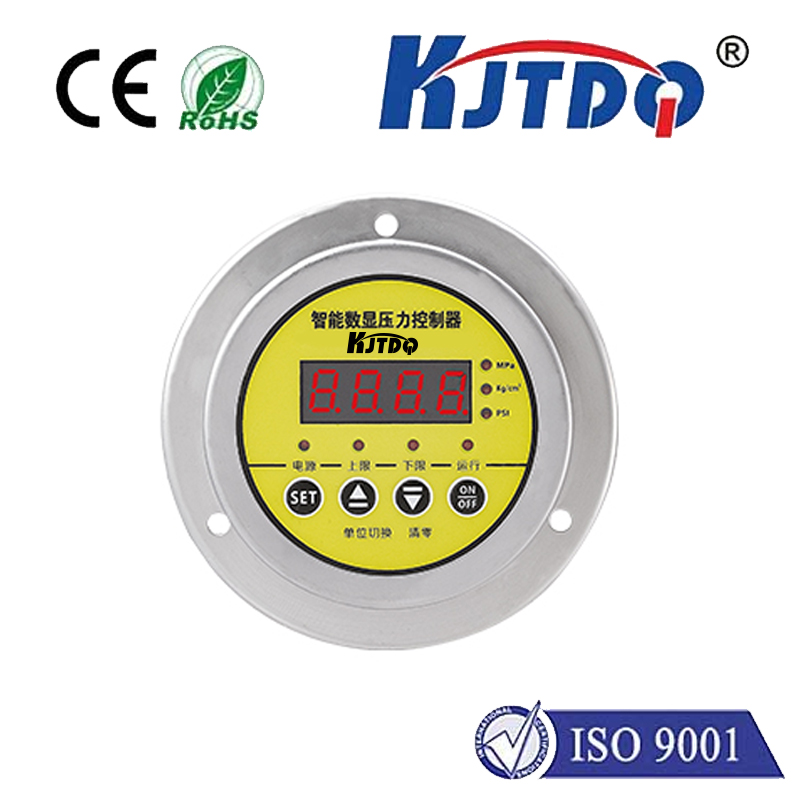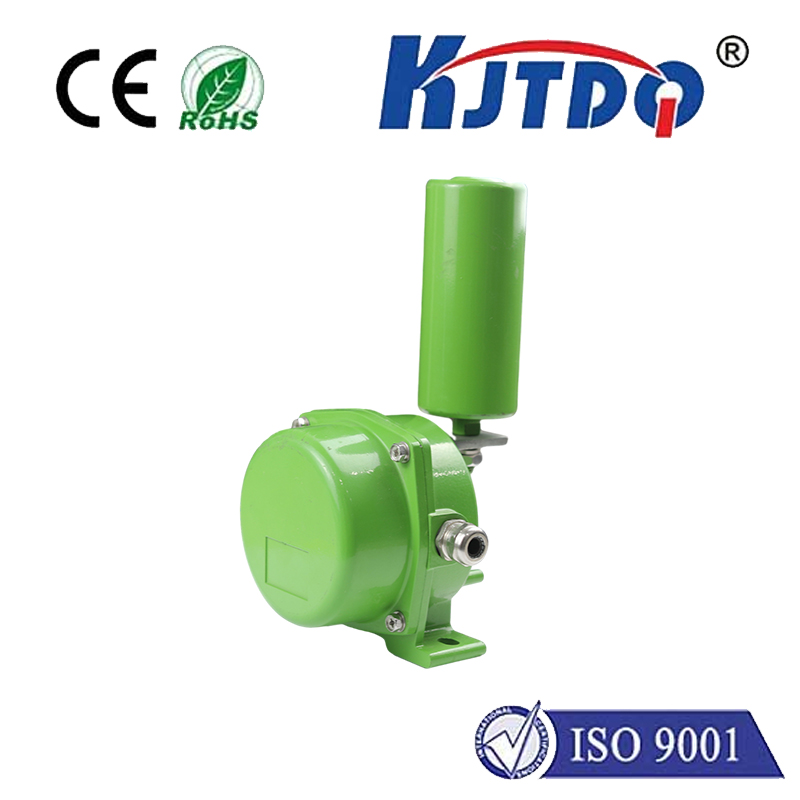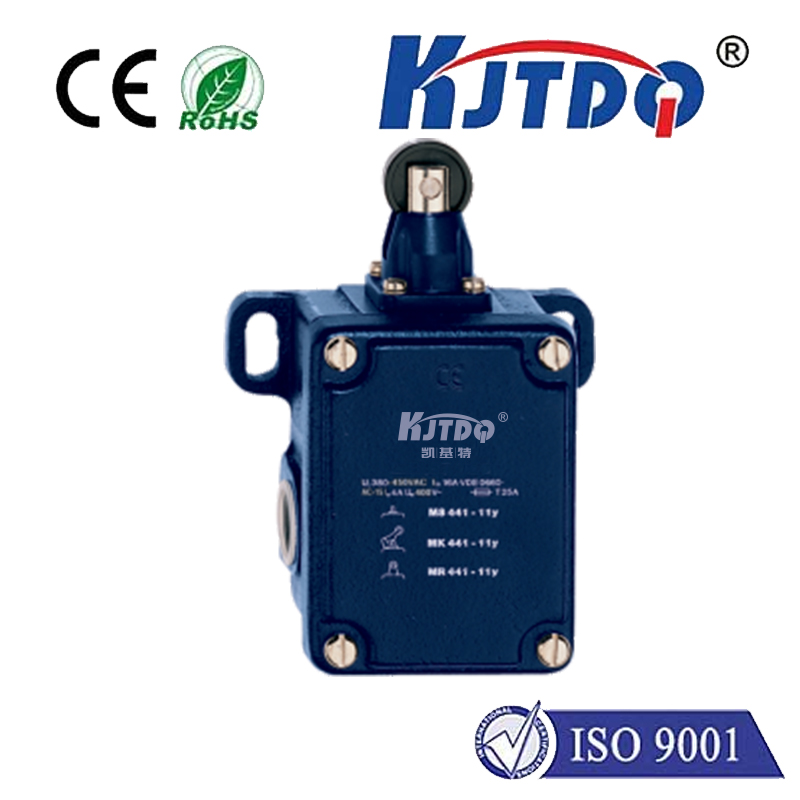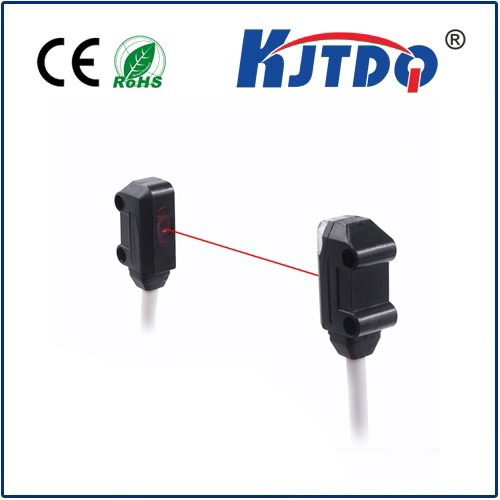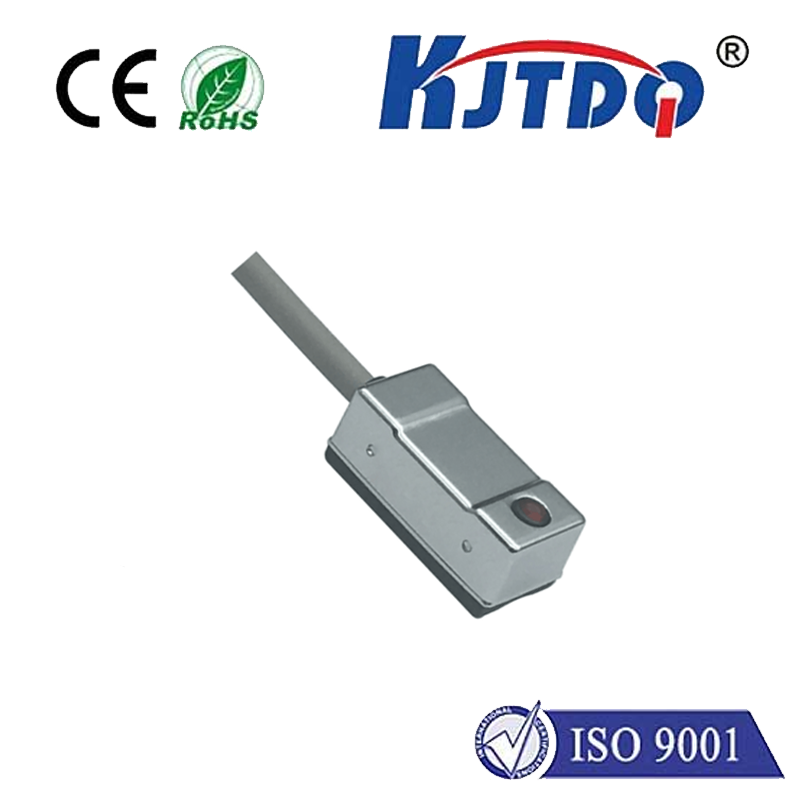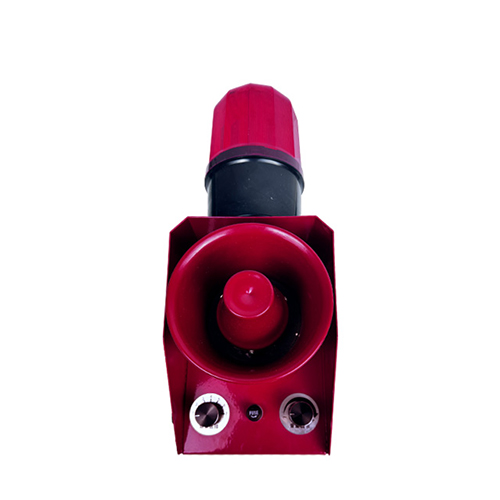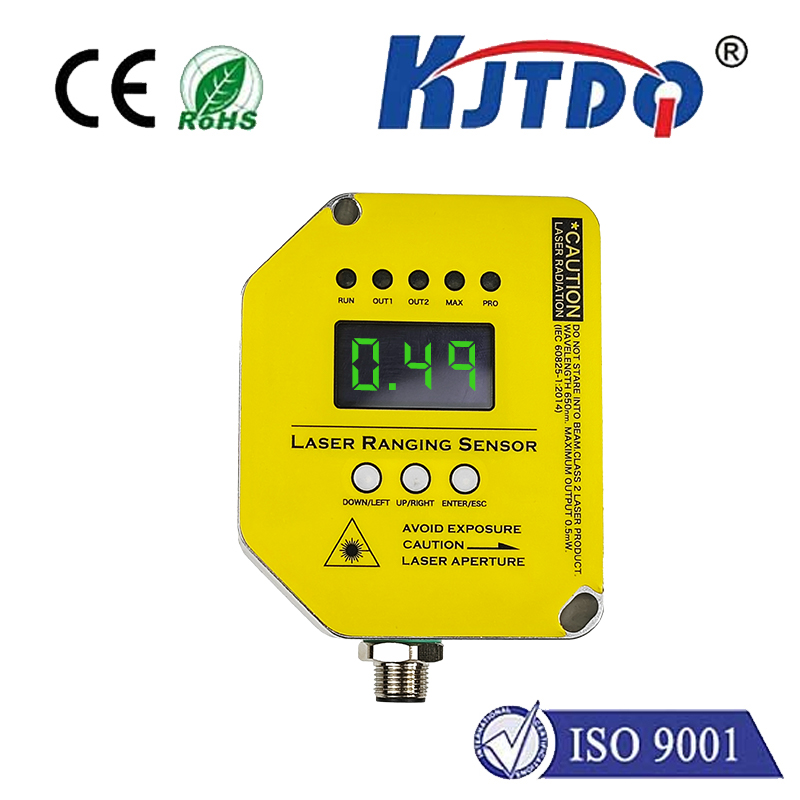QX-DBJ-C Pull rope switch
- time:2025-09-24 00:00:08
- Нажмите:0
QX-DBJ-C Pull Rope Switch: Your Essential Lifeline for Conveyor Safety
Imagine a critical moment on a bustling factory floor. A worker’s sleeve snags on moving machinery near a long conveyor belt. Seconds count. The ability to instantly halt the entire line from any point isn’t just convenient; it’s potentially life-saving. This is the fundamental purpose of the QX-DBJ-C Pull Rope Switch – a vital, globally recognized safety component designed to provide rapid emergency stopping capability along extended machinery paths.
Often referred to as an emergency stop switch, cable pull switch, or simply a rope-operated emergency stop device, the QX-DBJ-C Pull Rope Switch is engineered specifically for environments like conveyors, material handling systems, and processing lines. Its core function is unambiguous: to provide a reliable and immediately accessible means for personnel to trigger an emergency shutdown of machinery in hazardous situations, preventing injury or damage.
How the QX-DBJ-C Safeguards Your Operations:

- The Pull Rope Mechanism: A durable steel cable or rope runs the entire length of the hazardous area, mounted within easy reach of operators. This cable is connected at both ends to the QX-DBJ-C switch housing, typically containing robust micro-switches or similar reliable contact mechanisms.
- Instantaneous Activation: In an emergency, any pull force applied to the rope – from any point along its length – will trigger the switch. This action doesn’t require locating a specific button; the rope itself is the actuator over its entire span. This “any point actuation” is critical for rapid response.
- Clear Signal Transmission: Activating the pull rope switch instantly changes the state of its internal contacts. This sends an unambiguous “STOP” signal directly to the machinery’s safety-rated control circuit or motor starter, commanding an immediate and uncontrolled power removal (Category 0 stop according to standards like IEC 60204-1). This hardwired safety signal bypasses normal control logic for ultimate reliability.
- Positive Break Action: High-quality switches like the QX-DBJ-C are designed with a strong, positive break action. When pulled, the contacts open decisively and remain locked in the “stop” position until manually reset, preventing accidental or premature restarting. This positive latching mechanism is non-negotiable for true emergency safety.
- Manual Reset Requirement: After activation and once the emergency is resolved, the QX-DBJ-C requires a deliberate, manual reset. This reset mechanism is usually located on the switch housing itself. This crucial step ensures that machinery cannot restart unexpectedly and allows personnel to investigate the cause of the stop and safely clear the area before operations resume.
Key Features and Benefits of the QX-DBJ-C Pull Rope Switch:
- Extended Coverage: Provides a continuous, accessible emergency stop zone along potentially hundreds of meters of machinery, eliminating blind spots.
- High Reliability & Durability: Built with industrial-grade materials to withstand harsh environments including dust, moisture, vibration, and temperature variations. Robust construction ensures dependable operation when it matters most.
- Simple Installation & Maintenance: Designed for straightforward mounting alongside conveyors or machinery structures. While robust, regular inspection and functional testing of the pull rope switch are essential maintenance routines to guarantee readiness.
- Compliance with Safety Standards: Properly selected and installed QX-DBJ-C emergency stop switches help machinery meet stringent international safety regulations, such as ISO 13850 (Safety of machinery — Emergency stop function — Principles for design), IEC 60947-5-5 (Control circuit devices and switching elements), and relevant national standards (e.g., OSHA, ANSI in the US). Compliance isn’t optional; it’s a legal and ethical imperative.
- Многогранность: While ideal for conveyors, the QX-DBJ-C design principle is applicable to any long, linear machinery where point-of-danger access to a fixed emergency button is impractical – think large processing equipment, assembly lines, or automated warehouses.
- Clear Visual Indication: Often incorporates highly visible, yellow-painted rope or cable, and the switch housing may feature bright colors or flags to indicate its location and function.
Critical Integration Considerations:
- Force Required: The pull rope switch must require sufficient force to activate (preventing accidental bumps) but not so much that an operator cannot easily pull it in an emergency.
- Sag Management: Proper tensioning systems (turnbuckles, spring tensioners) are vital to manage rope sag, especially over long distances. Excessive sag can delay activation or prevent it entirely.
- Mounting Height & Accessibility: The rope must be positioned within the recommended height range (typically between 0.6m and 1.7m from the working level) and be accessible without obstruction.
- Connection to Safety Circuit: The switch contacts must be integrated into a safety-rated control circuit, typically achieving at least Performance Level ’d’ or Safety Integrity Level SIL 2 (as per ISO 13849-1 or IEC 62061), ensuring the stop command reliably interrupts power.
- Regular Testing: Proactive testing schedules are non-negotiable. Operate the switch at various points along the rope regularly (e.g., weekly or monthly) to verify functionality and ensure no section is binding or seized. Document these tests. Complacency is the enemy of safety.
Beyond Basic Stopping: Enhancing Safety Culture
Implementing a QX-DBJ-C Pull Rope Switch does more than just fulfill a regulatory requirement; it actively contributes to a stronger safety culture. It visibly demonstrates a commitment to operator well-being, providing a tangible, easily understood safety measure. Workers know that a fail-safe stop mechanism is always within arm’s reach, fostering confidence and awareness.
Choosing the right emergency stop solution like the QX-DBJ-C is an investment in human safety, operational continuity, and regulatory adherence. It transforms a long stretch of potentially dangerous machinery into a zone protected by an instantly accessible lifeline. In the high-stakes world of industrial operation, having a reliable pull rope switch strategically placed is not merely prudent; it’s fundamentally indispensable. Let its presence be a constant reminder: safety is always just a pull away.

